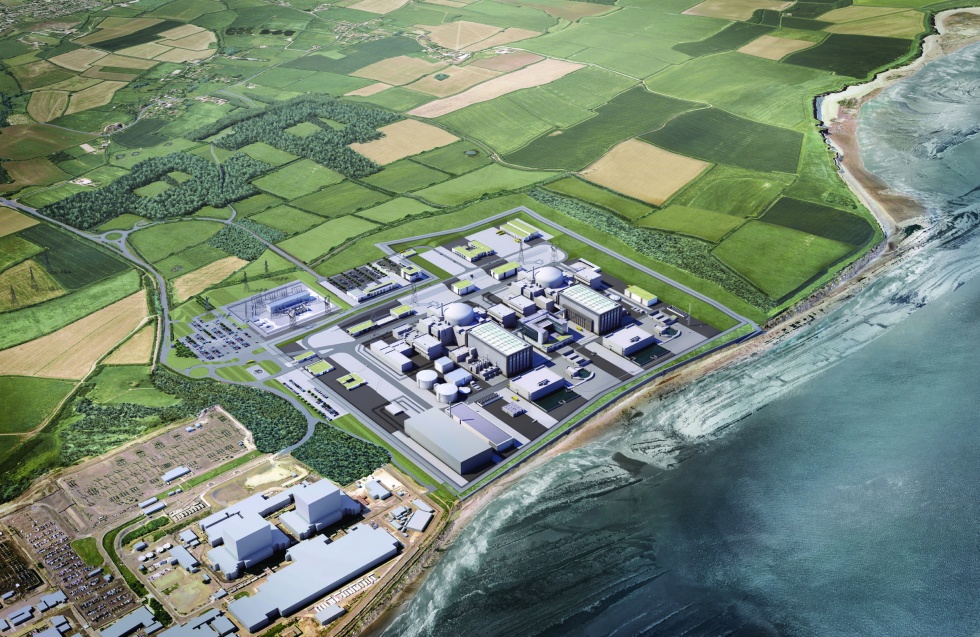Nuclear new build presents a myriad of challenges, not least winning over the hearts and minds of the communities where they will be built.
Picture this scenario: you’ve just finished a 12 hour shift on a construction site. You are tired, hungry and wanting to be back in your lodgings as quickly as possible. Unfortunately, you face a 25 mile journey before you can even think about eating and the long distance from site means you have to get up extra early to make your 7.00am start the next day.
You could try renting a property locally but the inflexibility of the rental market means that contracts run for a minimum of a year. Even with a six-month ‘break clause’ you still risk losing your deposit because your assignment could end quite quickly with your employer wanting you on a different project in a different part of the country with little notice.
Even if you were on site for a year or more you’ll still be competing for rental accommodation in an area that isn’t densely populated because you’re helping to build a nuclear power station, which means you’re in a remote part of the country.
You could buy a property but you’re not in a position to because you’re quite fresh from college and haven’t had the chance to save for a deposit yet (although you soon will after the project is done and dusted!) You are also one of several thousand people working on the site at peak construction and your best bet is a purpose built accommodation block, which in this hypothetical world is 25 miles from where you work.
However, the imaged and real worlds are colliding right now in Suffolk where a row – aka consultation - is taking place over the siting of a very real 2,400-bed accommodation block for workers at EDF’s Sizewell C, where two reactors will be built over a decade.

Both sides have valid reasons for wanting and not wanting the block sited near to where the C station will be built, with those opposed suggesting that it is built closer to the more urban areas of Ipswich or Lowestoft, both of which are around 25 miles away from Sizewell. You can read more on that here in the pages of EADT.
We’ve waited over 20 years for new nuclear and the siting of construction workers might not seem to rival the considerable challenges of reactor design or securing the finance for new build, but it isn’t an issue that developers are paying lip service to.
In fact, if you attended this week’s Civil Nuclear Showcase 2017 then you’d know that acceptance by the local community is paramount to the very people – NuGen, Horizon Nuclear Power and EDF – who are going to build the nation’s new fleet of fission-friendly power stations.
New build will occur in areas that are familiar with nuclear but that doesn’t mean that developers are taking a complacent attitude to their considerable presence that will span several years. Quite the opposite, in fact.
The cynics amongst us might be wondering if there are ulterior motives for this ‘hearts and minds’ approach to new build and the communities that will be affected. After all, won’t the developers be doing locals a favour by creating jobs, skills and wealth?

Having attended the conference I’d be more inclined to agree with Duncan Hawthorne, CEO of Horizon Nuclear Power, which aims to provide at least 5,400MW of new power station capacity to the UK, and Tom Samson, CEO of NuGen which expects to develop a new generation nuclear power station of up to 3.8GW gross capacity in Cumbria.
Samson agrees that his power station will have the potential to have a transformational effect on the area in which it will be built, creating significant regional economic activity plus long-term career and supply chain activity for many years to come.
He said that the opportunities and benefits should be felt across Cumbria and the north, adding that NuGen is fully committed to being a good neighbour in Copeland and across Cumbria and will work with locals to foster an entrepreneurial and aspirational culture.
For Hawthorne, new build is more than constructing an asset. It is about building a reputation ‘that has to be far and wide’ and it starts in the community where new build takes place.
Whilst we scratch our heads wondering how best to solve issues around skills, the nuclear sector seems to be taking the long view that being a responsible neighbour and major employer will help to ensure a steady supply of talent that can be utilised locally, nationally and internationally.
This is probably a smart move. Why? Last night I canvassed opinions via social media from friends who grew up in the shadow of Sizewell A. Did this high-tech engineering and technology entity have any bearing on their future career decisions? No it didn’t, and the reason for this is because they didn’t know what went on behind the perimeter fence and the people that ran it weren't always falling over themselves to visit schools to redress the situation. By engaging with their hosts, the developers of new build stand a much better chance of growing its talent locally.










Water Sector Talent Exodus Could Cripple The Sector
Maybe if things are essential for the running of a country and we want to pay a fair price we should be running these utilities on a not for profit...